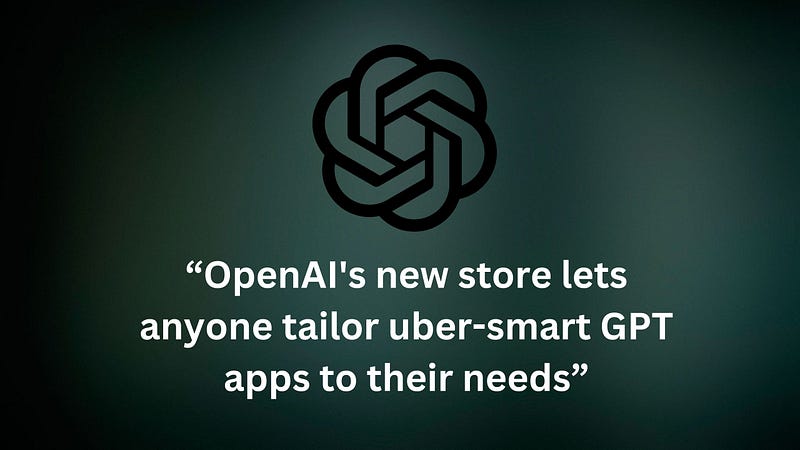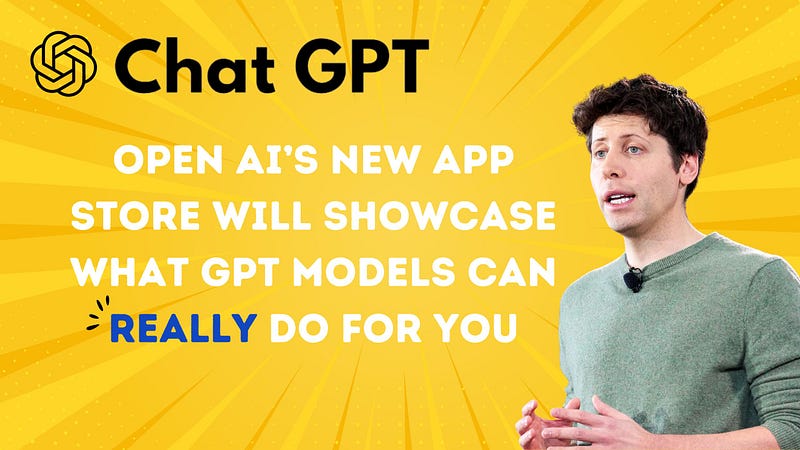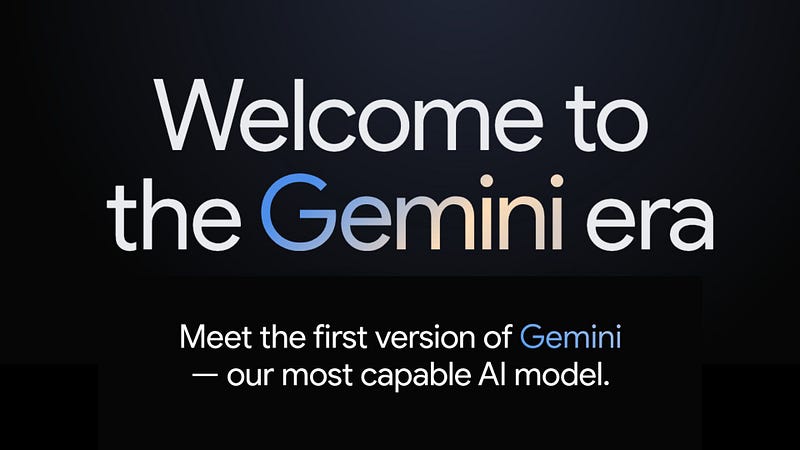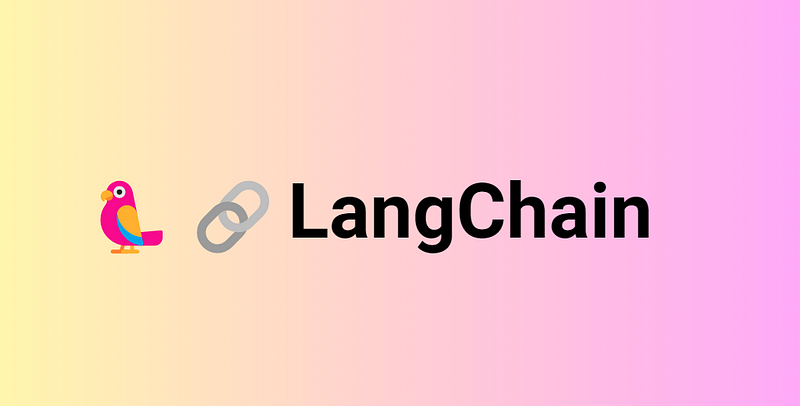Have you ever heard of Google’s NotebookLM?

I know what you’re thinking: “Another AI tool? Really?”
Well, Google has said that they’ll be transparent about how NotebookLM handles sensitive information, so hopefully, that won’t be a problem. But if they can get it right, NotebookLM could be a game-changer for collaboration.
What is NotebookLM?
NotebookLM is different. It’s not just a glorified search engine or a chatbot. It’s a powerful tool that can help you gain critical insights from your existing content, automate tasks, and generate new ideas. One of the key things that sets NotebookLM apart from other AI-powered tools is its focus on source-grounding. This means that NotebookLM can understand and respond to your questions and requests in the context of the specific sources you provide. This makes NotebookLM much more accurate and reliable than traditional AI chatbots.
So, what’s the big deal about NotebookLM?
Here are a few things that make it so unique:
- It’s grounded in your content — NotebookLM allows you to import your notes, research papers, and other content into the platform. This means that the AI is always up-to-date on the information that is most relevant to you.
- It’s powered by natural language processing (NLP) — NotebookLM uses NLP to understand the meaning of your content and to generate responses that are relevant and informative.
- It’s machine learning (ML)-powered. NotebookLM learns from your interactions and over time, it becomes better at understanding your needs and generating the information and insights that you need most.
However, NotebookLM is currently in limited public testing. To request access, you can sign up on the waitlist.
NotebookLM VS Bard
Two of the most popular LLMs are NotebookLM and Bard, both of which have been developed by Google AI. So, which LLM is better? Let’s take a closer look at each one.
- NotebookLM
NotebookLM is a massive LLM with 530B parameters. It was trained on a dataset of 600B words, and it has achieved impressive results on a variety of benchmarks.
For example, on the GLUE benchmark, NotebookLM achieved a score of 86.5, which is the highest score ever achieved by an LLM on this benchmark. Even, NotebookLM is used by Google to generate the text that you see in Google Search results.
2. Bard
Bard is a newer LLM with 137B parameters. It was trained on a dataset of 150B words, and it is still under development. However, Bard has already shown a lot of promise.
For example, on the GLUE benchmark, Bard achieved a score of 82.5, which is a very impressive score for a new LLM. However, Bard is used by Google to generate the text that you see in Google Creative Lab’s experiments.
Which LLM is better?
So, which LLM is better? It depends on your needs. NotebookLM is the better choice if you need an LLM that can perform a wide range of tasks with high accuracy. It is a well-established LLM with a track record of success. However, if you want an LLM that is still in the works and has the potential to become even more powerful in the future, Bard is a good option. It’s also a good option if you want to use an LLM for creative tasks like generating code. Bard is still limited by the data that have been trained on. NotebookLM could help it overcome these limitations by providing it with access to a wider range of information and by helping it understand that information in a more nuanced way. For example, Bard is currently unable to generate text that is specific to a particular domain or industry. But NotebookLM could help it to “ground” itself in a particular domain by providing it with access to domain-specific text and code. This would allow Bard to generate more relevant and accurate text for its users.
At its core, this technology reflects significant progress in our collaboration with AI. Agents like this could work alongside us as true collaborators rather than just answering questions.
To wrap it up, we’re genuinely thrilled about the opportunities that lie ahead in using LLMs to spark innovation, tackle complex issues, and deliver even more value to our clients and partners at MyNextDeveloper.
References:





